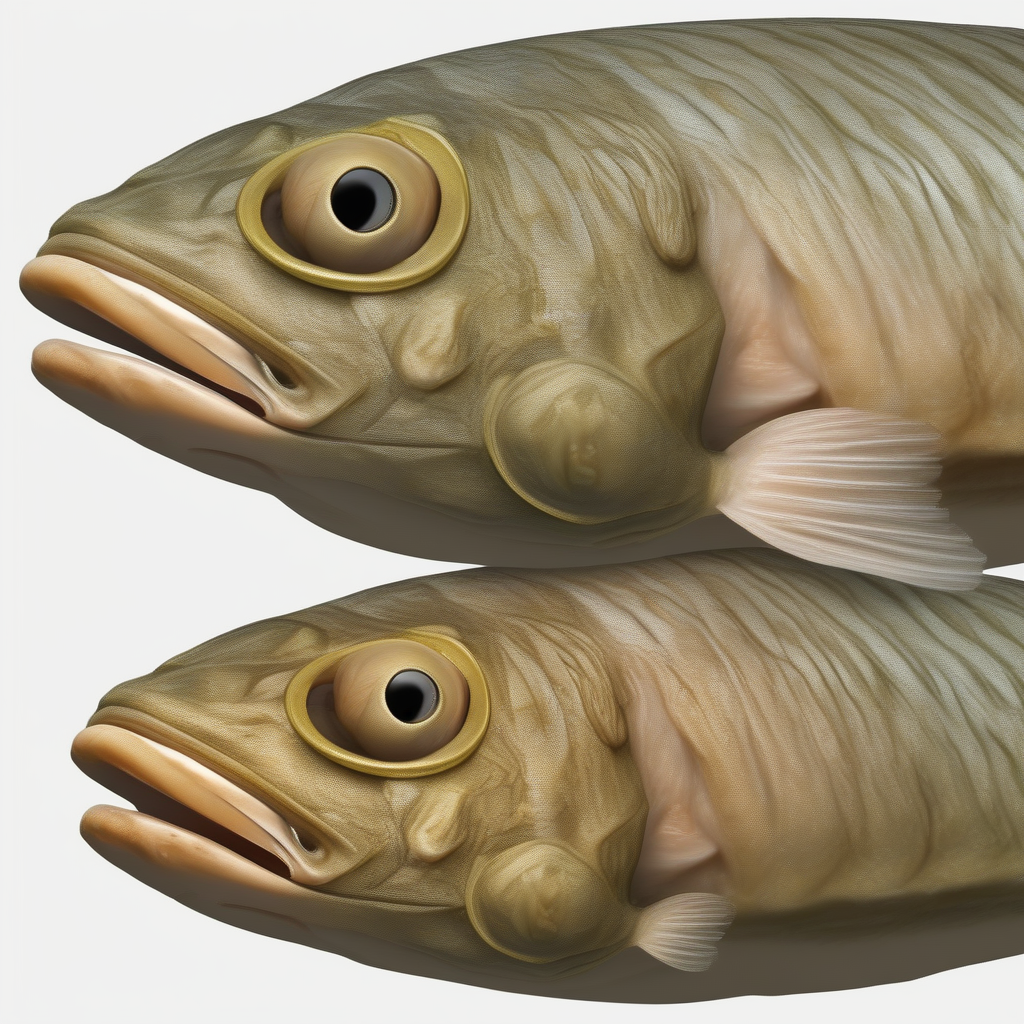Cyclostomes, also known as agnathans, are a group of jawless fish that belong to the superclass Cyclostomata. They are primitive organisms that lack true jaws, paired fins, and scales. Instead, they have a circular mouth lined with tooth-like structures that they use to attach onto their prey and feed on blood or tissues. Cyclostomes have a distinctive rasping tongue called a “radula” that helps them to scrape off flesh from their prey.
There are two main groups of cyclostomes: lampreys and hagfish. Lampreys have an elongated body with a sucker-like mouth, which they use to attach to other fish and feed on their bodily fluids. They have a cartilaginous skeleton and a single nostril. Lampreys inhabit both freshwater and marine environments and are known for their ability to migrate long distances, especially during their reproductive season.
On the other hand, hagfish have a slimy and eel-like appearance with no eyes, jaws, or stomach. They feed primarily on dead or dying fishes, using their sharp teeth to rip through the tissue. Hagfish are unique among cyclostomes in that they have a skull made of cartilage rather than bone, and they possess slime glands along the sides of their body. When threatened, hagfish secrete a slimy substance that makes them difficult to grip by potential predators.
Cyclostomes have been on Earth for over 500 million years and are considered one of the most ancient vertebrate groups still in existence. They play important ecological roles as scavengers and parasites, helping to clean up dead organic matter in aquatic ecosystems. Additionally, cyclostomes have been the subject of scientific research due to their evolutionary significance and their ability to regenerate damaged tissues. Overall, these jawless fish have fascinating adaptations that have allowed them to persist and thrive in various aquatic habitats.
